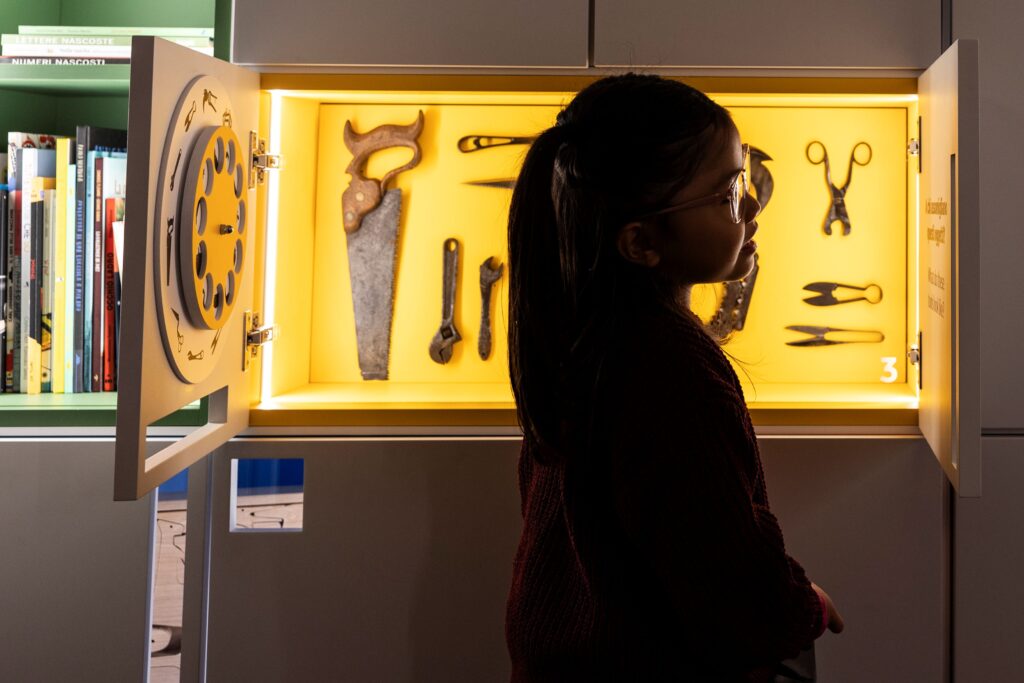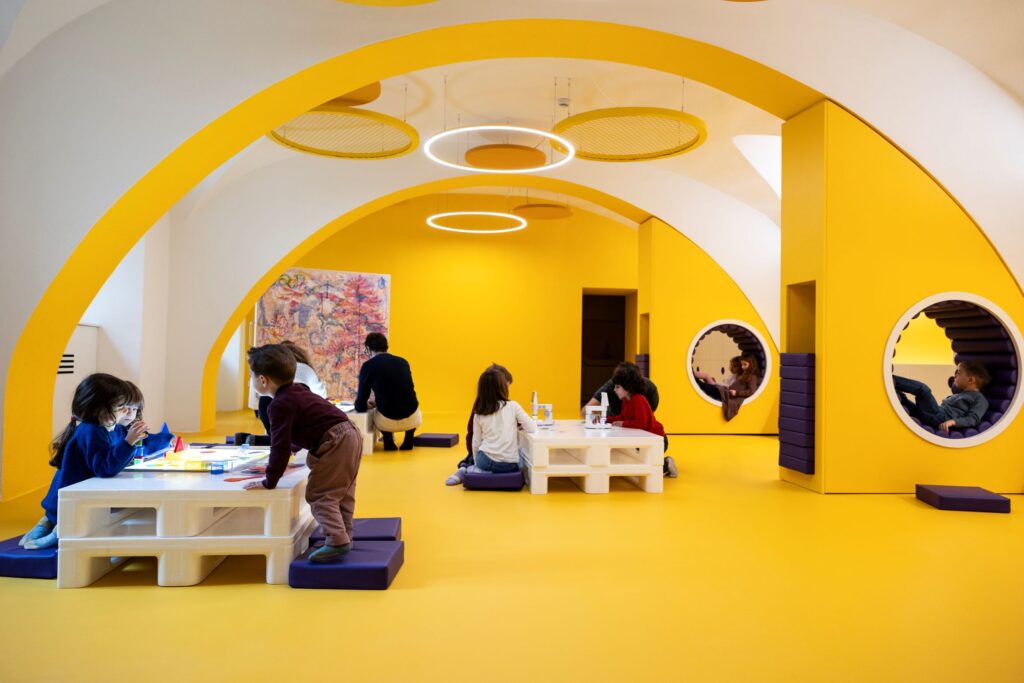The Leonardo da Vinci National Museum of Science and Technology inaugurates PLAYLAB, a new educational space featuring activities dedicated to children
The Leonardo da Vinci National Museum of Science and Technology in Milan presents PLAYLAB, a 400 sqm space entirely dedicated to children aged 3 to 6. This new educational environment invites young ones to embark on an exciting journey, where creative play becomes a means to explore the world of science and technology in a fun and stimulating way.

An extraordinary beginning in a child’s life
PLAYLAB has been designed as the first museum children will visit in their lives. With a strong focus on pedagogy and inclusivity, the space aims to promote play and exploration as essential activities for cognitive, social, and emotional development. The project, made possible with the contribution of PPG, is part of the Museum’s long-standing commitment to offering innovative educational experiences for families and schools.

A journey into STEM themes
The heart of the project is based on the principles of transformation and exploration, with an interdisciplinary approach to STEM (Science, Technology, Engineering, and Mathematics) subjects. Each room in PLAYLAB is designed to stimulate curiosity, with activities that allow children to observe, interact, and tell stories, creating a deep connection with the scientific world from an early age.

The rooms of PLAYLAB
The PLAYLAB journey is organized into five rooms, each with a specific theme that encourages discovery and creativity. Four of these rooms feature artistic installations and exploration activities, where both children and adults can move freely, while the last room, the Atelier, is designed for structured activities, ideal for educational workshops.
- The first room, inspired by the forest, is a sound and sensory environment where children can explore nests and natural shapes while listening to the sounds of nature. Here, visitors will find the installation Where We Find Ourselves, created by artist Andrew Amondson, which invites discovery through touch and sound.
- The second room is filled with simple structures to invent and combine. Created in collaboration with French artists Yvan Clédat and Coco Petitpierre, the Le Beau Chantier installation stimulates children’s imagination through soft, colorful shapes that can be assembled and used to create new landscapes.
- The third room, featuring a digital installation called Luce, offers exploration activities between the analog and digital worlds, where children can play with light and reflections, creating stories in an imaginary forest. This space also hosts the Luminis installation, which explores the creative potential of light and shadows.
- The fourth room is dedicated to storytelling, where objects and works of art, such as LdV/P.90 by Tristan Blondeau, encourage children to tell stories, explore everyday objects, and discover the world through imagination.


The Atelier: a workshop of ideas
The final space, the Atelier, serves as an area where children and families can deepen their experiences through activities facilitated by the Museum’s educational team. Here, thanks to collaborations with artists and professionals, young visitors can engage in creative workshops, with each experience designed to foster imagination, reflection, and personal growth.

The collaboration with PPG
The PLAYLAB project is the result of a long collaboration between the Museum and PPG, which contributed its expertise in the coatings sector to ensure a safe and stimulating environment. With over 750 liters of Sigma Coatings paints, the company supported the creation of the spaces, helping to craft a welcoming and innovative environment.













